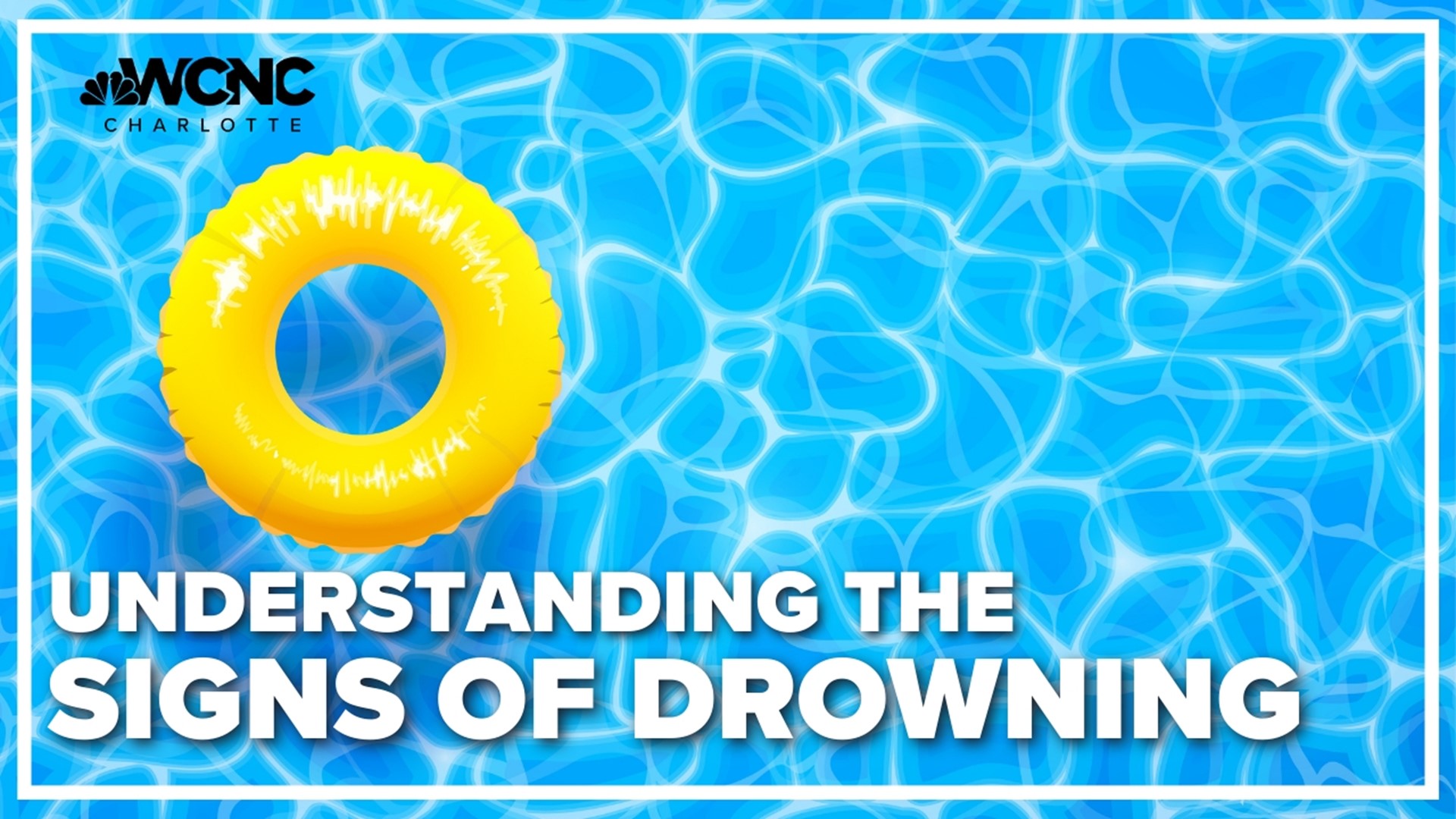CHARLOTTE, N.C. — Amid a lifeguard shortage this summer, medical professionals are urging parents to keep an extra watchful eye on young ones in the pool.
According to the American Lifeguard Association, about a third of the 309,000 parks and pools across the country will not be able to open without enough lifeguards.
It’s leaving some public pools in the Charlotte area closed and some neighborhood pools unstaffed.
"Always make sure that your children, if they are young swimmers or early swimmers, have an adult in arms-length by them, in the pool,” Dr. Purva Grover, emergency medicine physician for Cleveland Clinic Children's, said.
According to the CDC, there are an average of 11 drowning deaths and 22 nonfatal drownings per day in the U.S.
Officials in Monroe said a five-year-old was found unresponsive in the water at Monroe Aquatics and Fitness Center Outdoor Water Park Thursday. As of Friday afternoon, officials said the child was in critical condition.
There were eight lifeguards on duty, with 105 people at the water park, officials said. Lifeguards and an off-duty EMT at the facility performed CPR and administered an AED prior to firefighters and EMS arriving on scene, according to a statement.
Grover still recommends designating one adult watcher per child, with lifeguards busy watching multiple people.
"If they are good swimmers and older swimmers and don't need that kind of help, they still need one designated person watching them at all given times,” Grover added.
With drownings, doctors said oftentimes there's no scream for help or splashing. They're silent.
"In most cases, you don't see a struggle,” Dr. Michael Boniface, Mayo Clinic emergency medicine physician, said. “You just see somebody under the water or floating face down."
There are only a few seconds to notice the signs of a drowning.
A person who is drowning doesn't wave their arms because they instinctively push down to try to get above water, and if a child is noticeably silent, it's a red flag.
Doctors recommend having someone on hand who can start CPR right away if a child does go under.
"CPR on site has shown to be, over the years, proven scientifically to have a much better outcome when these kids come to the emergency department than kids who did not receive CPR at site, or good adequate CPR,” Grover said.
Contact Kendall Morris at kmorris2@wcnc.com and follow her on Facebook, Twitter and Instagram.

